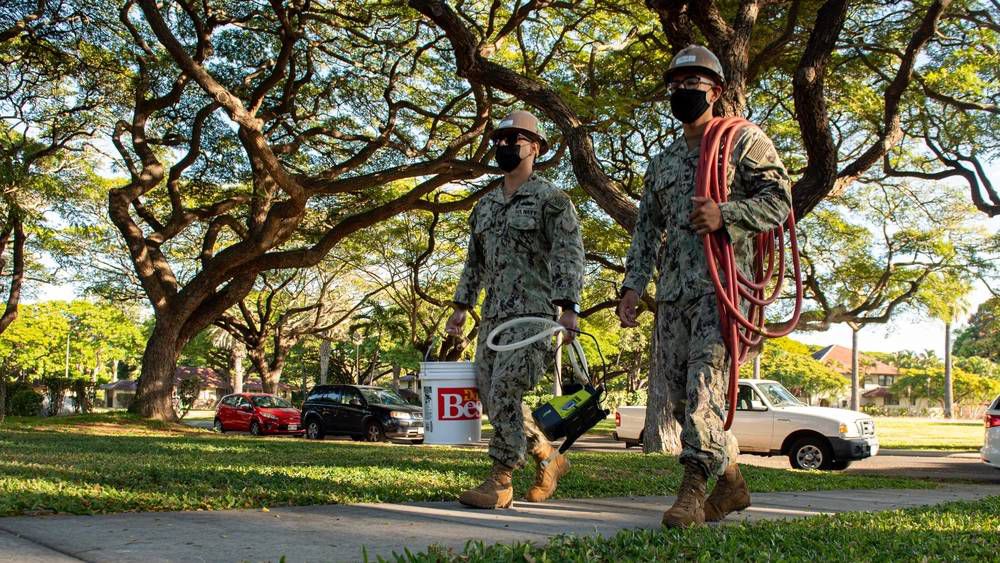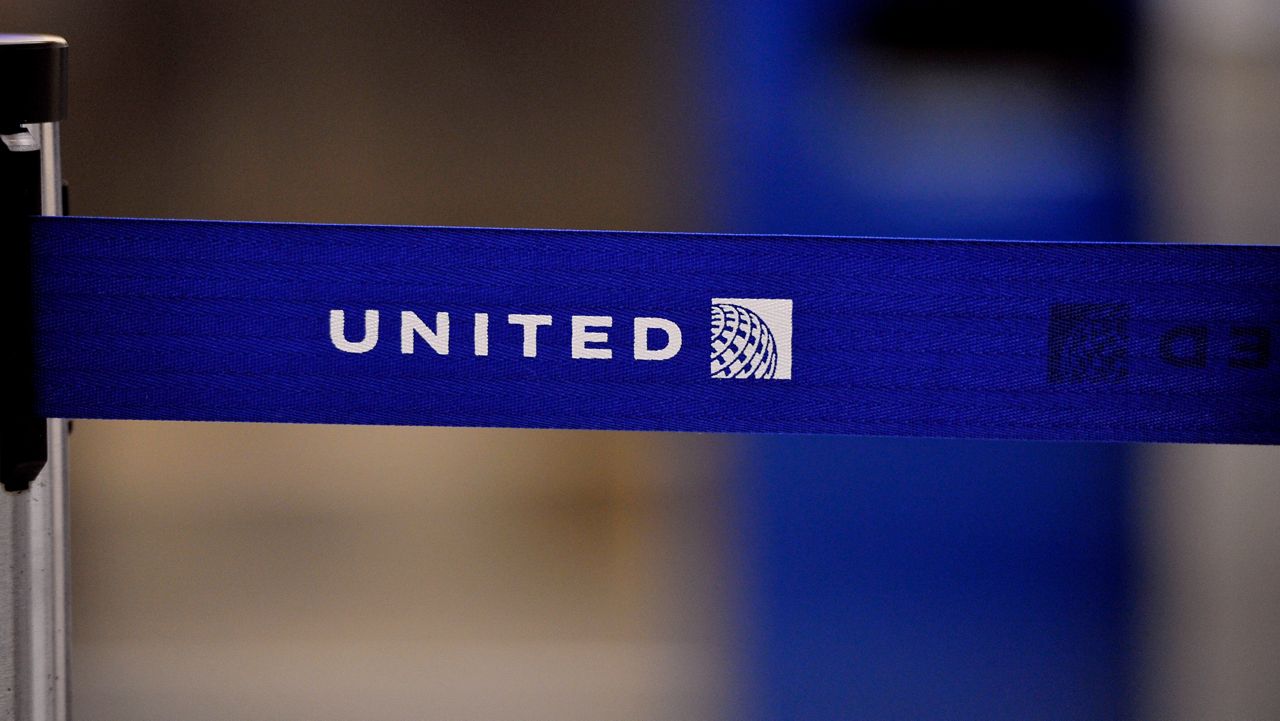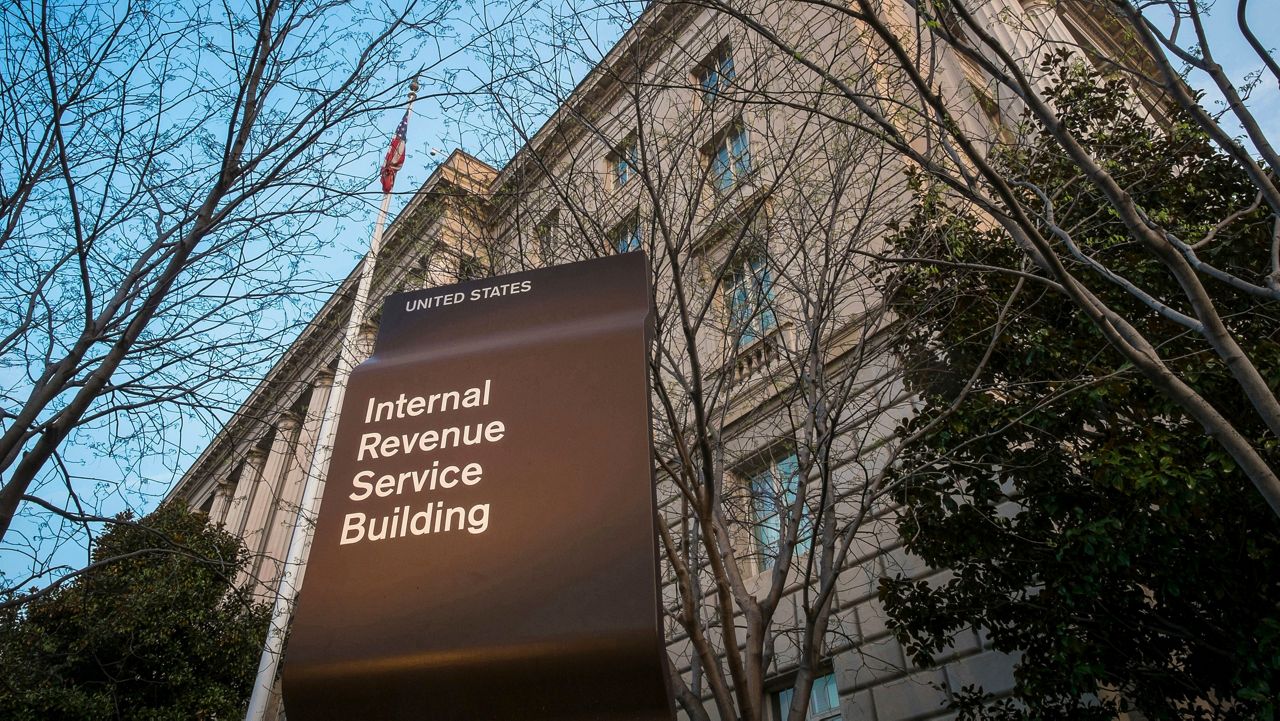HONOLULU — The Navy found chemicals and metals in several residences and buildings that it is currently flushing and testing. Water samples tested positive for petroleum, lead, beryllium and di(2-ethylhexyl)phthalate.
The Navy is currently working with the Interagency Drinking Water System Team, which includes the Hawaii Department of Health, U.S. Environmental Protection Agency and Army, to flush and sample water that was contaminated with jet fuel from the Red Hill Storage Facility, which was built in the 1940s and includes 20 massive underground fuel tanks.
On Saturday, the Navy said in a press release that a water sample taken from an outdoor utility sink at a child development center known as Pier Side, which is on the former Submarine Base Pearl Harbor, showed lead at a level of 49 parts per billion (ppb). The lead levels are three times higher than the action level for the chemical, which is set at 15 ppb by the DOH.
The Navy said it replaced the fixture where the lead-contaminated sample was taken from.
Lead can enter drinking water from lead plumbing that corrodes, according to the Environmental Protection Agency. Lead pipes were used more often in buildings built before 1986. Some buildings also have lead in the water because of lead solder used with brass faucets. The EPA says the maximum contaminant level for lead in drinking water is zero, because lead can bioaccumulate in the body. Young children and fetuses are particularly vulnerable, as lead damages the central and peripheral nervous system, and can cause learning disabilities, shorter stature, hearing problems and impaired function of blood cells.
On Friday, the Navy sent out a press release that said a water sample from an outdoor sink at Pearl Harbor Elementary School tested positive for beryllium at a level of 5.7 ppb. The DOH’s limit for beryllium is 4 ppb. Beryllium is not found in jet fuel. Instead, it is a brittle metal. The EPA has found long-term effects of exposure to beryllium include damage to bones and lungs and can cause cancer.
The chemical known as di(2-ethylhexyl)phthalate or DEHP was detected in several buildings, according to the Navy. This chemical is not found in jet fuel, but is instead often used in plastics, such as polyvinyl chloride or PVC. The EPA has classified DEHP as a probable human carcinogen.
Two buildings in the Catlin Park and Radford Terrace neighborhoods found DEHP at levels of 23.8 ppb and 18.3 ppb. DEHP was detected in a home about four miles away in the McGrew and Halawa neighborhoods at levels of 42.4 ppb. The chemical was also found at Pearl Harbor Naval Shipyard building at a level of 26.4 ppb. The acceptable limit of DEHP Is set at 6 ppb.
The Navy also said that elevated levels of a petroleum compound were found in the Halsey Terrace neighborhood near Honolulu Airport and at a Navy Exchange building near the Joint Base Pearl Harbor-Hickam’s Bravo Piers. The petroleum at Halsey Terrace was detected at a level of 460 ppb, which is twice as much as the DOH’s limit of 211 ppb. The tests at the Navy Exchange building showed total petroleum hydrocarbons (TPH) at a level of 260 ppb.
All of these locations will be re-flushed and re-sampled for the chemicals, according to the Navy.
Earlier in February, the Navy also said drinking water samples from eight zones detected bis(2-chloroethyl)ether, also known as BCEE. The EPA defines BCEE to be a probable human carcinogen.
The Department of Health has had an advisory since November that says Navy water system users should not use the water for drinking, cooking or brushing teeth. After the Red Hill housing community’s water was flushed, the Department of Health updated its health advisory on Feb. 14, declaring the drinking water safe to drink. On Feb. 23, the DOH declared the water in the Pearl City Peninsula neighborhood safe to drink too. There are a total of 19 neighborhoods that will go through this process and the Navy posts the test results online.









